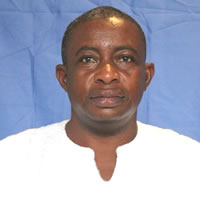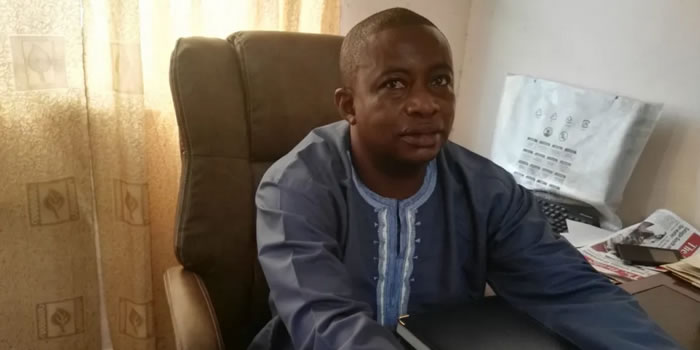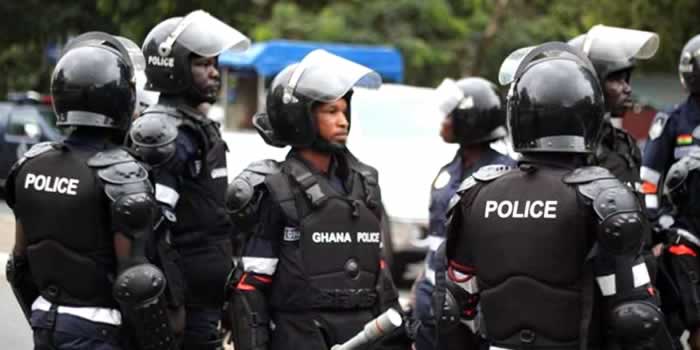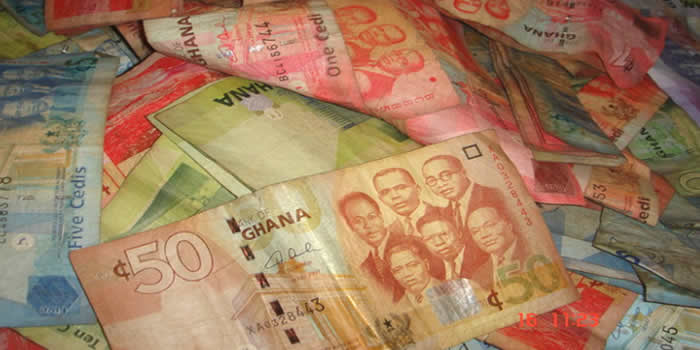

Annual Action Plans
The Annual Action Plans entail projects and activities phased out in each year of the planned period over the entire four year planning period (2018 - 2021). This phasing has been done annually indicating the number of projects to be carried out in individual Pillars. The annual plans of action spell out the projects locations, time frame, indicative budget, indicators, source of funding and implementing agencies.
Plan Implementation Arrangements
In the current programme of decentralisation in Ghana, the District Assemblies have been empowered and charged with the overall administration and management of the districts. It is within this framework that the Daffiama/Bussie/Issa District Assembly formulated this development plan. Very often the tendency is to abandon such brilliant initiatives due to uncertainties about the machinery for implementation, and inadequacy of resources. In that respect, the following implementation arrangement regarding development agencies in the District are as follows.
District Assembly
The Assembly has the role of overseeing the overall implementation of the District Development Plan. The successful implementation of the plan requires the formulation of appropriate strategies and institution of effective and efficient internal organisation to enhance and facilitate the process. The District Planning Coordinating Unit (DPCU), the technical wing of the Assembly responsible for development planning must play a leading role. This means that the DPCU is the leader in coordinating, facilitating and organising the whole implementation process.
Governmental Departments/Agencies
The departments and agencies in the district are directly involved in the plan implementation. They give technical advice to the implementation process. Such advice may be for other institutions and agencies which are also involved in the implementation. Since most of the projects are physical infrastructure in nature, it is essential to mention the Works Department as playing a crucial role in the plan implementation process.
Private-led Development Organisation-including Non-Governmental Organisations (NGOs)
These are important implementers and facilitators who in most cases provide funds, materials and/or technical assistance in the implementation of specific projects. Like all institutions however, the activities of the NGOs need to be coordinated by the District Assembly to minimize duplication and waste.
Communities
The involvement of the community is critical to all stages of the planning process including the implementation and monitoring of the plan. Invariably, all projects outlined in the plan are supposed to benefit the communities in the district. Therefore their involvement helps to shape, quicken and ensure the proper and full utilization of the projects. The community contributes as an investor and/or implementer of the plan. Such contributions can be in the form of ideas, labour, materials and funds for the projects.
Composite Programmes of Action
The Composite Programme of Action is modeled on various Pillars of the NMTDPF 2018-2021. Programmes are tailored towards meeting the identified needs and aspirations of the people in the district. It indicates the Goals, Adopted Objectives, Adopted Strategies, Programmes and Sub-programmes and activities to be implemented over the plan period with the aim of developing and improving sustainably, the living conditions of the people.
Comprehensively, it covers the activities to be executed, year of execution, indicative budget/cost for execution, available sources of funding and various agencies responsible for implementation. The selection of the programmes and their activities were guided technically and economically based on the critical needs of the people reflected in the identified developmental problems of the District, availability of funds to ensure full implementation of the activities, and the multiplier effects of each of the activities.
Sustainability of Projects/Activities
One major aspect of sustainability dealt with this plan is emphasis on how various activities and projects that constitute the development programmes either complement or are into conflict with each other. Figure 4.1 and table 4.1 depict the interactions between these interventions and explanations of possible conflicts and how these conflicts can be resolved even before they occur. Appendix ….. also gives further details of sustainability of these projects and activities.
Indicative Financial Plan for the Daffiama-Bussie-Issa District
The success of every plan largely depends on its projected revenues (inflows) expenditures (outflows) as against their actual and the interplay between and among these four components of the budget. Based on trends from historical data on projected revenues and actual inflows as well as budgeted expenditures and actual committals this section presents the broad indicative financial flows (both inflows and outflows). In doing this, the projected GDP growth rates and factors that will influence them including inflation and interest rates among others that give indications of Ghana’s macroeconomic outlook within the plan period serve as critical guides. Tables 4.7, 4.8, 4.9 and 4.10 depict the projected financial figures for the plan period with the expenditure statements derived from the composite budget that follows the MTEF process.
Medium Term Programmes of Action (2018 – 2021)
The Medium Term Development Plan of the district is discussed with the aid of a Composite Programmes of Action which deals with the programmes and projects to be implemented within the entire planning period. The composite Programmes of Action entails the projects locations, time frame, indicative budget, indicators, source of funding and implementing departments of the District Assembly.
The Medium-Term Development Plan provides the basis for the consolidation of the gains achieved during the implementation of the Annual Action Plan. The goal of the Medium Term Development Plan is to improve and sustain gains of the district economy, which represents the highest level of development expectation envisaged in the Daffiama/Bussie/Issa District by the year 2021.
STRATEGIES FOR MOBILIZATION OF DONOR FUNDS
To enhance access to donor funds, the Assembly would adopt to the following strategies:
• Advertisement of the district. DPCU would be able to advertise the district and its existing potentials through different modes.
• In many cases, donors would require well thought out proposals to come from the intended funds seekers. The Assembly’s ability to write good proposals for donor funding would help.
• Capacity building training for members of DPCU in the appropriate procedures, methods, participatory approaches and tools in needs assessment and project selection that will be convincing to donors is a necessary requirement to attracting donor funding.
• Funds provided by donors for specific purposes would be used as such. They would not be diverted into other ventures or uses at the expense of the targeted purposes and beneficiaries. This practice would discourage them.
• The Assembly would intensify efforts in generating IGF so as to be able to contribute to funding of any project/programme as and when it becomes a condition of the donor agency in supporting the Assembly.
DISSEMINATION AND COMMUNICATION STRATEGY
The Daffiama-Bussie-Issa (DBID) Assembly has developed a communication strategy for the DMTDP for 2018-2021 to ensure that, the Plan is well disseminated in accordance with the principles of the NDPC guidelines and in the best interest of the people in the District. The DBIDMTDP will be disseminated to relevant stakeholders and decision makers. This will enhance the accountability and transparency of the DA. It will further improve the commitment of stakeholders to support development interventions from the plan.
Dissemination of DBIDMTDP
The DBIDMTDP would be disseminated to relevant stakeholders and decision makers. This would be done through the following channels:
a. Submitting the DBIDMTDP document to RPCU/RCC, NDPC, MMDAs, NGOs and other development partners.
b. Holding District quarterly, Mid -year and Annual Reviews on the implementation of the DBIDMTDP.
c. Community sensitization on the DBIDMTDP
d. Public Hearings at Assembly and Area Council Levels
e. Submission of Annual Progress Reports.
f. Announcements, discussions and broadcast in local language e.g. local FM stations
Table 7.1 below illustrates the communication/dissemination strategy of 2017-2021 DMTDP for DBI.
Conclusion
The aim of the Dafiama-Busei-Issa Medium-Term Development Plan (DBIDMTDP) (2018 - 2021) is to serve as a guide to facilitate the development process in the District. It is expected to reduce poverty, create employment opportunities and improve average incomes and the welfare of the people irrespective of gender, ethnic, political or religious diversity.
The achievement of this goal will be enhanced if the proposals in the plan are implemented accordingly. It will lead to an integrated economy and the realization of its full benefits. In this regard the District Assembly is expected to play a facilitating role in the implementation, monitoring and evaluation of the programmes and projects with all development stakeholders also playing their expected roles.
Date Created : 1/14/2019 3:11:59 AM










 facebook
facebook
 twitter
twitter
 Youtube
Youtube
 +233 593 831 280
+233 593 831 280 0800 430 430
0800 430 430 GPS: GE-231-4383
GPS: GE-231-4383 info@ghanadistricts.com
info@ghanadistricts.com Box GP1044, Accra, Ghana
Box GP1044, Accra, Ghana